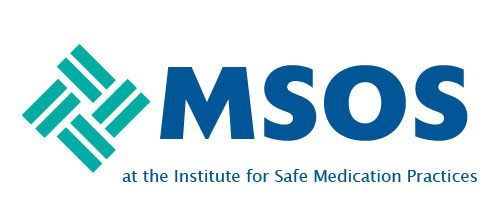Feed aggregator
Intravascular Administration Set Recall: ICU Medical Removes IV Gravity Burette Set
Anesthesia System Correction: GE HealthCare Updates Use Instructions for CareStation Anesthesia Systems
Continuous Glucose Monitoring Software Correction: Dexcom Issues Correction for Dexcom G6 and G6 Pro Software
Gold Star Distribution Inc., Issues Recall of Certain FDA-Regulated Products in Three States Including Drugs, Devices, Cosmetics, Human Foods, and Pet Foods
Catheter Mount Recall: Draeger Removes ErgoStar Catheter Mounts
Endovascular Graft Recall: Cook Medical Removes Zenith Alpha 2 Thoracic Endovascular Graft
System Correction: IMPRIS Imaging Inc Issues Correction for IMRIS Neuro III-SV
MRI System Correction: Siemens Healthineers Issues Correction for 3 Tesla MRI Systems
Early Alert: Convenience Kit Needle Issue from Integra LifeSciences
Infusion Pump Correction: Baxter Issues Correction for Novum IQ Large Volume Pumps
Handelnine Global Limited d/b/a as Navafresh Issues Nationwide Recall of Rheumacare Capsules by Virgo UAP Pharma Pvt. Ltd. (Virgo), Due to Elevated Lead Levels
Microbore Extension Set Recall: B. Braun Medical Inc. Removes Microbore Extension Sets
Cardiac Cannula Recall: Medtronic Removes DLP Left Heart Vent Catheter
Blood Pump Controller Correction: Abiomed Updates Use Instructions for Automated Impella Controllers
Update on the Safety of Andexxa by AstraZeneca: FDA Safety Communication
Olympus Announces Voluntary Corrective Action for the Single-Use Ligating Device
MediNatura New Mexico, Inc. Expands Voluntary Nationwide Recall of ReBoost Nasal Spray and to include ClearLife Allergy Nasal Spray Due to Microbial Contamination
StuffbyNainax LLC Issues Voluntary Nationwide Recall of MR.7 SUPER 700000 Dietary Supplement Due to the Presence of Undeclared Sildenafil and Tadalafil
Eliminating hospital nurse understaffing is a cost-effective patient safety intervention
More than 20 years since a landmark study1 documented hospitalised patients were more likely to die when their nurse cared for too many patients at a time, hundreds of rigorously conducted studies in over 30 countries have documented a relationship between nurse understaffing and poorer outcomes of all kinds, including preventable patient deaths and avoidable burnout of nurses.2–4 Despite the empirical evidence, chronic hospital nurse understaffing persists.
Why has the research evidence not substantively transformed hospital staffing practices? One possible explanation is that the benefits of eliminating nurse understaffing accrue to patients and nurses, while the costs of staffing more nurses accrue to hospitals.
Hospitals are the most expensive healthcare setting, largely because of the intensive nursing care that hospitalised patients require. Indeed, if patients can have procedures and treatments administered outside of hospitals (eg, outpatient offices, home care), they do,...
